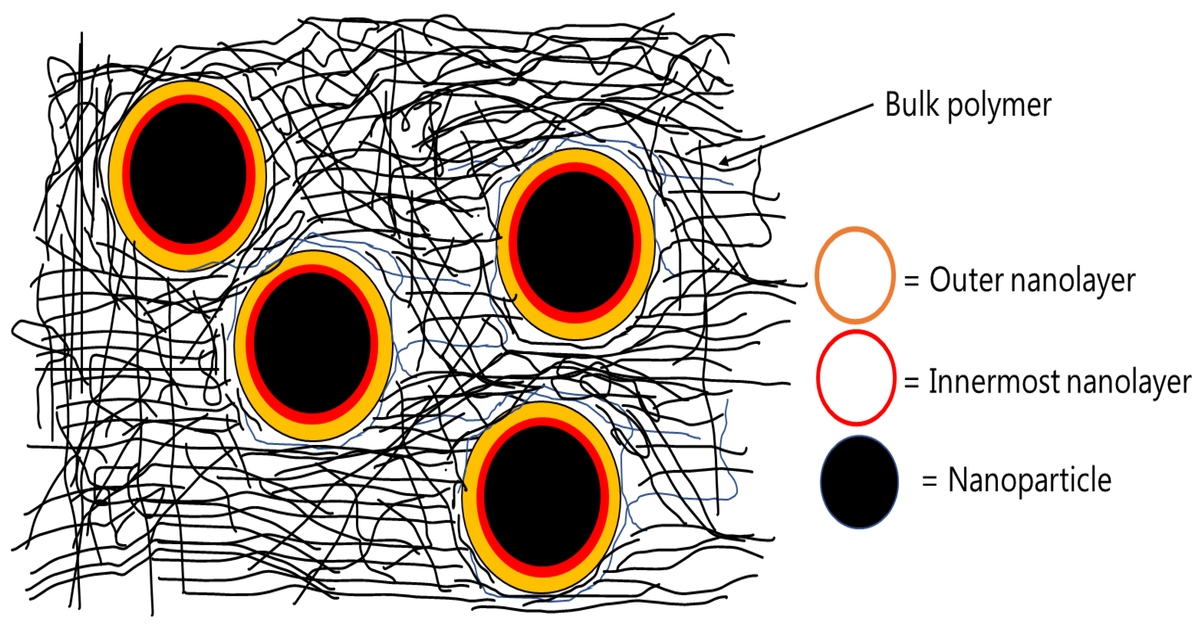Advanced Polymeric Materials and Coatings: Synthesis, Properties and Applications
A special issue of Coatings (ISSN 2079-6412). This special issue belongs to the section "Functional Polymer Coatings and Films".
Deadline for manuscript submissions: closed (31 August 2024) | Viewed by 14740

Special Issue Editor
Interests: polymers; organic coatings; polymer synthesis; corrosion protection; polymer characterization
Special Issues, Collections and Topics in MDPI journals
Special Issue Information
Dear Colleagues,
Modern life without organic polymers is probably unimaginable. Polymers are vital ingredients of different products we use daily. Polymers are also among the most important ingredients of the organic coatings used for the protection and longevity of various metallic structures across the globe. Organic coatings, applied heavily to protect metallic structures of immense commercial importance (e.g., automobiles, ships, chemical manufacturing plants, wind turbines, oil rigs, etc.), use a variety of polymers as binders, co-binders, rheology modifiers, etc., in a sophisticated balance with the other ingredients (e.g., extenders/fillers, pigments, etc.) in the coatings to perform their desired function in real-life contexts. Therefore, it is important to control the molecular structure and properties of polymers intended for use in coatings.
Although the developments in science and technology have enabled the production of polymers with precisely controlled molecular structures, the industry is still in need of advanced polymeric materials serving multiple and predictable functions with the lowest possible material and monetary cost. The current era of renewable and recyclable polymers has increased the demand for such advanced polymers. Therefore, this Special Issue is dedicated to the publication of research articles disseminating the synthesis, properties and applications of advanced polymeric materials and coatings.
Dr. Muhammad Ahsan Bashir
Guest Editor
Manuscript Submission Information
Manuscripts should be submitted online at www.mdpi.com by registering and logging in to this website. Once you are registered, click here to go to the submission form. Manuscripts can be submitted until the deadline. All submissions that pass pre-check are peer-reviewed. Accepted papers will be published continuously in the journal (as soon as accepted) and will be listed together on the special issue website. Research articles, review articles as well as short communications are invited. For planned papers, a title and short abstract (about 100 words) can be sent to the Editorial Office for announcement on this website.
Submitted manuscripts should not have been published previously, nor be under consideration for publication elsewhere (except conference proceedings papers). All manuscripts are thoroughly refereed through a single-blind peer-review process. A guide for authors and other relevant information for submission of manuscripts is available on the Instructions for Authors page. Coatings is an international peer-reviewed open access monthly journal published by MDPI.
Please visit the Instructions for Authors page before submitting a manuscript. The Article Processing Charge (APC) for publication in this open access journal is 2600 CHF (Swiss Francs). Submitted papers should be well formatted and use good English. Authors may use MDPI's English editing service prior to publication or during author revisions.
Keywords
- polymer synthesis
- marine coatings
- corrosion protection
- polymeric coating
- coating application
Benefits of Publishing in a Special Issue
- Ease of navigation: Grouping papers by topic helps scholars navigate broad scope journals more efficiently.
- Greater discoverability: Special Issues support the reach and impact of scientific research. Articles in Special Issues are more discoverable and cited more frequently.
- Expansion of research network: Special Issues facilitate connections among authors, fostering scientific collaborations.
- External promotion: Articles in Special Issues are often promoted through the journal's social media, increasing their visibility.
- e-Book format: Special Issues with more than 10 articles can be published as dedicated e-books, ensuring wide and rapid dissemination.
Further information on MDPI's Special Issue polices can be found here.





